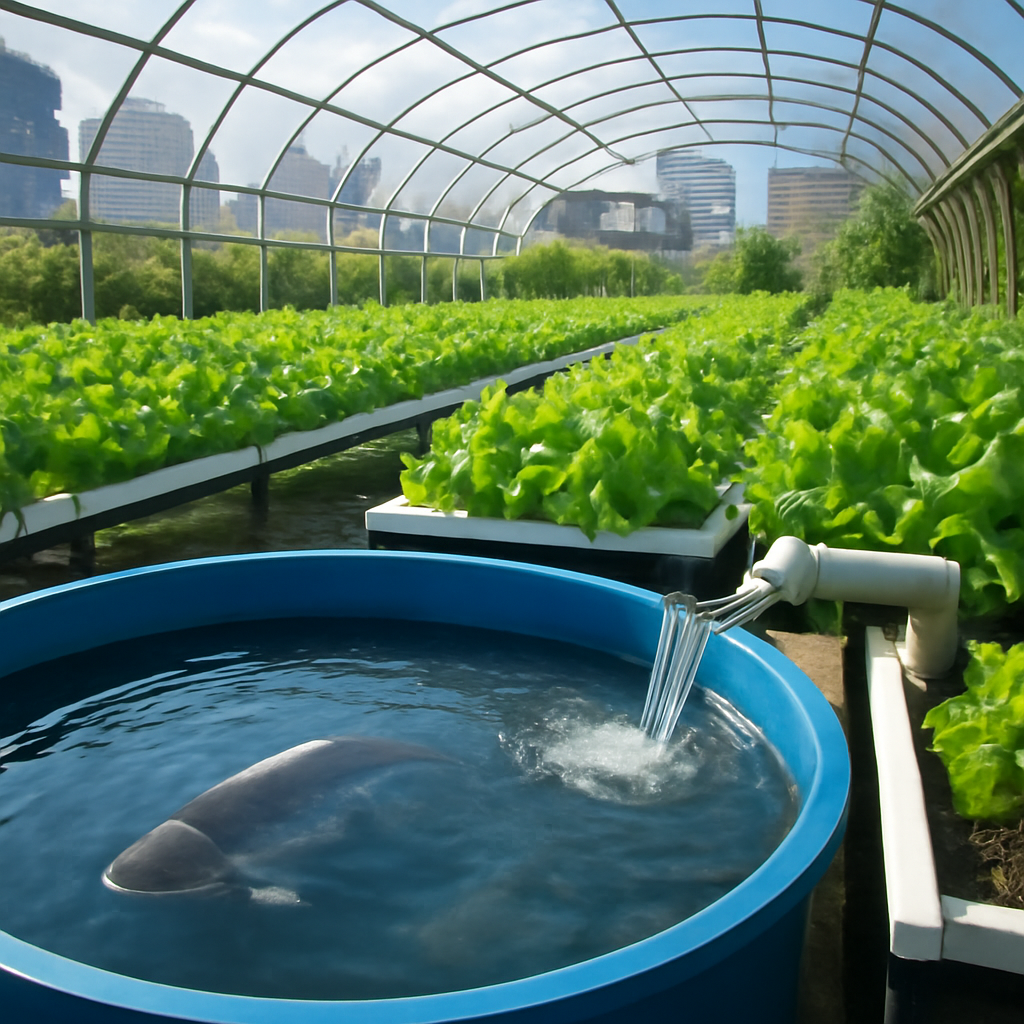Location
Mount Vernon, WA 98274
Location
Mount Vernon, WA 98274

Aquaponics combines aquaculture and hydroponics to create a sustainable and efficient food production system. As urban areas expand, this innovative approach is gaining traction as a means to provide fresh produce and fish in city environments.
As cities continue to grow and the population increases, traditional agriculture faces numerous challenges, from land scarcity to the carbon footprint of transporting food. In response to these issues, aquaponics has emerged as a promising solution, merging aquaculture (the farming of fish) with hydroponics (the cultivation of plants in a water-based environment). This dual-system not only maximizes space but also promotes sustainability by utilizing waste products from fish to nourish plants.
Aquaponics systems work on a simple yet effective principle: fish waste provides an organic nutrient source for the plants, while the plants help filter and purify the water for the fish. This symbiotic relationship creates a closed-loop system that minimizes resource consumption and eliminates the need for chemical fertilizers. In urban settings where soil quality is often poor, aquaponics allows for the cultivation of fresh vegetables and herbs, often with significantly higher yields than traditional farming methods.
Recent developments in aquaponics technology have made it more accessible and efficient. For instance, automated systems that monitor water quality and nutrient levels can optimize plant growth while reducing labor costs. Moreover, vertical aquaponics systems enable urban dwellers to grow crops in smaller spaces, such as rooftops or balconies, effectively transforming underutilized areas into productive gardens.
One notable example of urban aquaponics is the growing trend of community-supported aquaponics farms. These initiatives not only provide residents with fresh produce but also foster community involvement and education about sustainable practices. By engaging local populations, these farms help to raise awareness about food security and the environmental impacts of conventional farming.
As the effects of climate change and urbanization continue to challenge food systems globally, aquaponics presents a viable, eco-friendly alternative that can be scaled to meet the demands of city populations. By investing in aquaponics, urban areas can take significant strides toward achieving food sovereignty, reducing their carbon footprint, and enhancing community resilience.
In conclusion, as we look to the future of urban agriculture, aquaponics stands out as a beacon of innovation. Its ability to integrate fish and plant production not only conserves resources but also empowers communities to take control of their food sources. As more cities embrace this approach, we may well see a transformative shift in how we think about food production in urban landscapes.